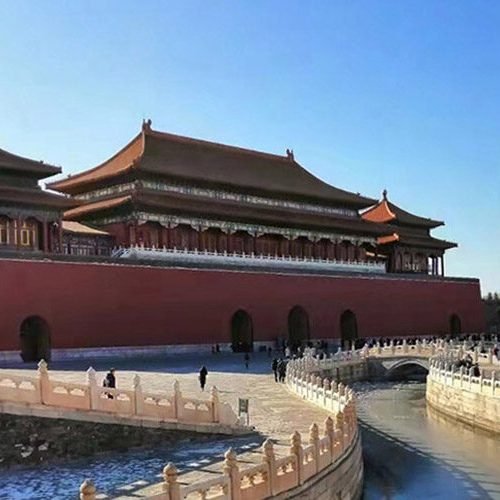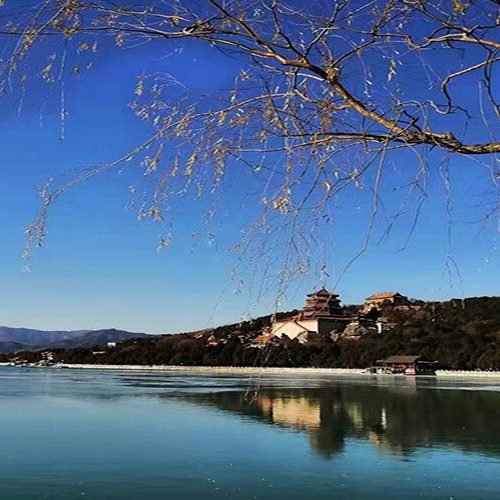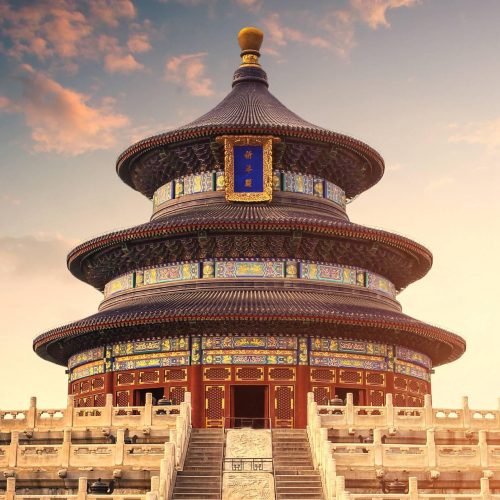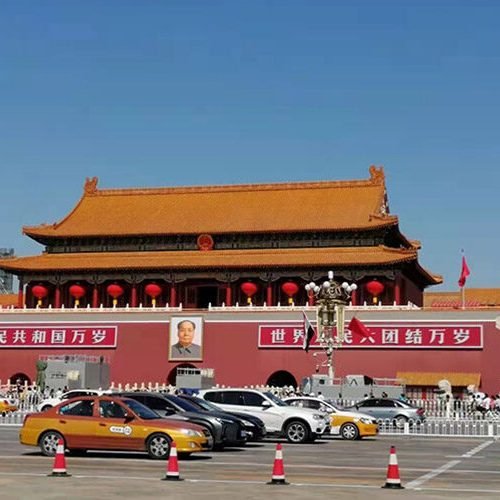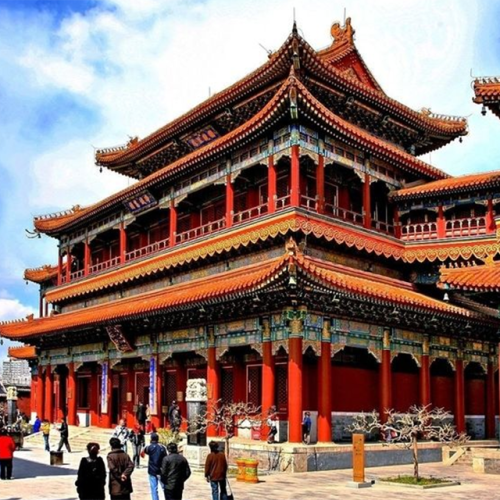 Lama Temple in Beijing: A Spiritual Oasis
Lama Temple in Beijing: A Spiritual Oasis
The Lama Temple, also known as Yonghe Temple, stands as a significant landmark. It showcases both architectural beauty and rich religious history. A visit to the temple Beijing offers a glimpse into Tibetan Buddhism. It is one of the most important Tibetan Buddhist monasteries outside Tibet. Exploring the temple Beijing provides a unique cultural experience. Its serene atmosphere contrasts with the bustling city life. Therefore, understanding the history of the temple Beijing enhances the visitor’s appreciation. This article delves into the fascinating story behind this sacred site.
History and Construction of the Lama Temple Beijing
The history of this temple Beijing is quite intriguing. Originally, in 1694, it served as the residence for Prince Yongzheng. He later became the Yongzheng Emperor. After he ascended the throne, the building was converted into a lamasery in 1725. Subsequently, upon his death, it also became an imperial palace. This dual function makes the Lama Temple Beijing historically unique. The architecture reflects a blend of Han Chinese and Tibetan styles. Furthermore, the layout and the intricate details are testaments to imperial craftsmanship. Over the centuries, the Lama Temple has survived wars and political changes. Today, it remains an active and revered place of worship.
Religious Significance and Development
The tmple Beijing plays a crucial role in the propagation of Tibetan Buddhism. It houses numerous halls and courtyards. Each contains important Buddhist statues and artifacts. The temple became a center for learning and religious practice. Monks from various regions came to study here. Consequently, the temple Beijing fostered the growth of the Gelug school of Tibetan Buddhism. This school is also known as the Yellow Hat sect. The temple’s influence extended beyond Beijing. It played a significant part in the relationship between the Qing Dynasty and Tibet. Even today, devout Buddhists visit the Lama Temple Beijing to pray and make offerings. The air is filled with the scent of incense and the sound of chanting.
Purpose of Building the Lama Temple Beijing
The initial purpose of the structure was residential. However, its transformation into the Lama Temple Beijing served several important functions. Firstly, it was a gesture of imperial patronage towards Tibetan Buddhism. The Qing emperors had a complex relationship with Tibetan lamas. Supporting the Lama Temple Beijing helped to solidify these ties. Secondly, it served as a center for managing religious affairs related to Tibet and Mongolia. The temple housed high-ranking lamas who wielded considerable influence. Moreover, it provided a place for the emperor to conduct religious ceremonies. The Lama Temple Beijing thus became a vital link between the imperial court and the Buddhist world. Its continued existence is a testament to its enduring significance.
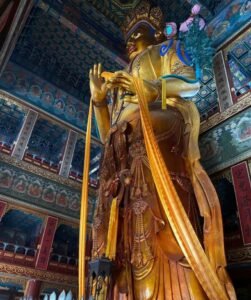 Lama Temple in Beijing: A Spiritual Oasis
Lama Temple in Beijing: A Spiritual Oasis